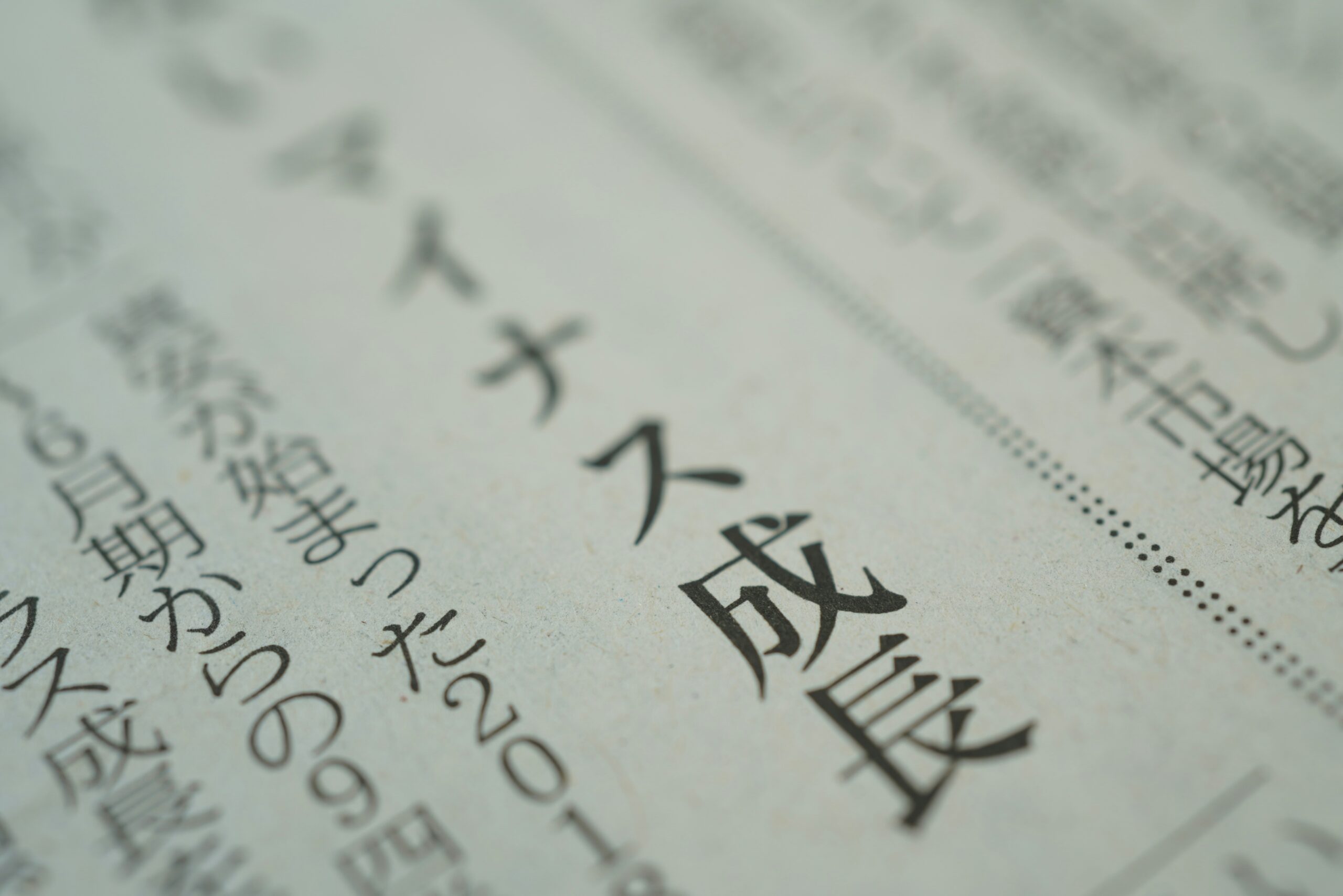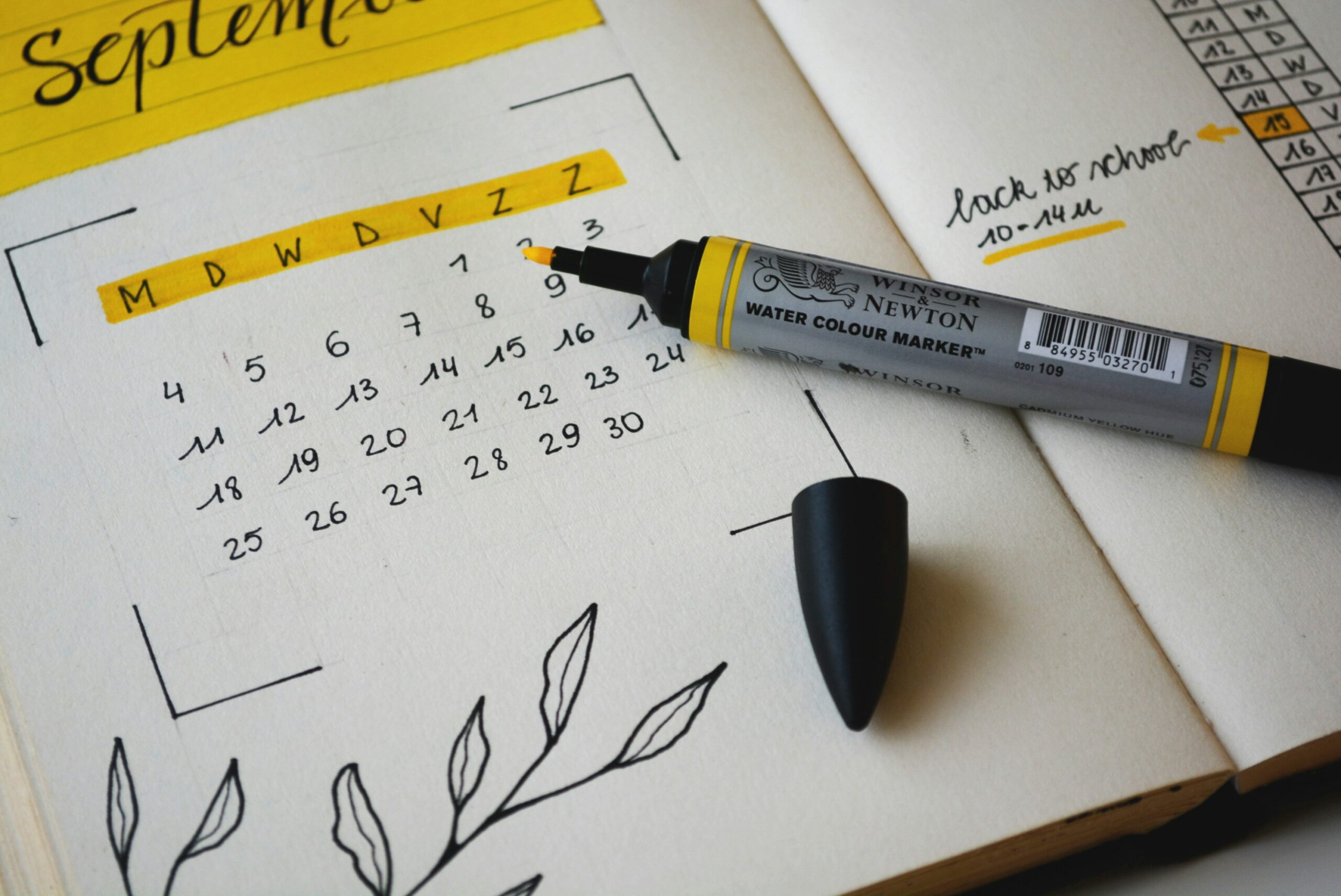One of the quickest ways to jump straight into your Japanese language learning journey is apps. Just the ease of being able to download an application straight onto your phone with minimal effort or time expenditure, and not to mention the fact that we have our phones with us wherever we go, it’s just so easy!
Learning Japanese can be a tough but exciting journey. From memorising kanji to mastering grammar and speaking naturally, it certainly takes time — but with the right tools, it becomes much easier (and even fun!).
In 2025, there are plenty of Japanese learning apps to choose from, but not all of them are effective.
To save you time and confusion, I’ve put together this list of the top 5 apps for learning Japanese — based on personal experience, results, and what actually helps you improve.
Let’s dive in! 👇

Anki – For Vocabulary & Kanji Mastery
You might think to yourself, how on earth do I memorise thousands upon thousands of Japanese words… it’s impossible right? Wrong! It’s very much possible and it’s actually easier than you might think… Enter Anki.
Anki is a flashcard app that uses a method called Spaced Repetition System (SRS) to help you remember things long-term.
It’s a very powerful tool for not only learning Japanese vocabulary and kanji, but also learning languages in general or anything at all!
You can create your own decks and flashcards and help yourself memorise pretty much anything you’re having trouble remembering.
✅ Why Anki Works:
- Reinforces what you’re forgetting just before you forget it
- You can download pre-made decks like Core 2K/6K or JLPT vocab
- Great for daily review sessions (10–30 minutes)
💡 Pro Tip:
Start with a Core deck and aim for around 20–30 new cards per day. Be consistent — even just 15 minutes a day adds up fast!

WaniKani – The Ultimate Kanji Trainer
Kanji is pretty tough, there’s no two ways about it… Even native Japanese people can struggle with kanji at times!
WaniKani makes learning kanji so much easier using mnemonics + spaced repetition.
It’ll focus on teaching you radicals which are the building blocks of kanji, so you’re able to recognise the components which make up each kanji.
By knowing the building blocks of kanji, you can even then start seeing meaning in kanji you’ve never seen before, if they consist of radicals that you’ve already learned! This is one of the most rewarding and exciting aspects of learning kanji radicals.
WaniKani is 100% a certified recommendation!
✅ Why It’s Awesome:
- Teaches radicals, kanji, and vocabulary in a logical order
- Uses fun stories and visual memory tricks
- Tracks your progress from absolute beginner to ~JLPT N2
❗ Downsides:
- Only the first few levels are free
- You can’t skip around — it’s a set path
Still, for anyone serious about mastering kanji, WaniKani is a game-changer.

Bunpro – Grammar Structured Like a Game
So… you’ve got Anki for vocab, WaniKani for the kanji, but what about grammar? It’s actually one of the most important AND one of the most hardest aspects of Japanese to master. So you’ll most definitely need a solid learning tool for grammar, and that’s where Bunpro comes in!
Bunpro is basically Anki for grammar. It takes Japanese grammar points (sorted by JLPT level) and turns them into short review exercises.
But that’s not all, it has detailed explanations for each grammar point, has voice clips of native Japanese speech, provides plenty of examples for each grammar point, and even uses the Spaced Repetition System (SRS) we mentioned earlier for Anki.
And that’s STILL not all! Not only does Bunpro do all of the above, it can also teach you vocabulary, and you can even sync it up with textbooks you might be using, such as Genki or Minna no Nihongo.
Seriously, this app is amazing and the amount of content you’re getting in just one app is astounding.
✅ Why It’s Useful:
- Grammar is broken down into bite-sized lessons
- Each point comes with example sentences and links to external explanations (like Tae Kim, Imabi, etc.)
- Uses the same SRS system to help you retain what you learn
💡 Pro Tip:
Choose the “Path” mode to follow a logical order based on your level. Combine it with Genki or Tae Kim for best results.
🔗 Dive into Bunpro right here!

Duolingo – For Casual, Gamified Practice
Okay, okay, I know what you’re thinking… Duolingo, really?,
Well, I just HAD to mention Duolingo too. I mean, it’s most people’s gateway app into learning a language, and well, it’s really not bad for someone who’s just starting out! With the way the app is designed, it’s actually quite easy to keep consistent with it.
While it may get mixed reviews, it’s not entirely useless! Just don’t use it as your main source of learning and you’ll be okay!
✅ What It’s Good For:
- Perfect for absolute beginners
- Great if you want to build a daily habit
- The gamified design makes it easy to stay consistent
❗ Keep in Mind:
- It’s not enough on its own — Duolingo doesn’t go deep into grammar, kanji, or real-world usage
Use it as a fun warm-up app or supplement, not your main learning method.
🔗 Have a crack at Duolingo here!

HelloTalk / Tandem – Real Conversation Practice
Right! So, once you’re comfortable enough with basic vocabulary and grammar, it’s time to use the language — and that’s where HelloTalk or Tandem come in.
These apps are not only great for actual language practice, but you can also make friends along the way too! They’re great for building connections across the world, so you can even plan some activities with your Japanese friends on your next trip to Japan!
✅ Why They’re Great:
- Connect with real native Japanese speakers
- Practice text, voice notes, or even calls
- Most users are happy to exchange languages (you help with English, they help with Japanese)
💡 Safety Tip:
Be respectful and genuine — treat these apps as learning tools, not dating apps 😅
🔗 Try out HelloTalk here!
🔗 Or try out Tandem right here!

Bonus Tip: Combine These for Maximum Progress
No single app will make you fluent — but a solid combo can boost your progress fast.
Here’s a simple study routine to try:
| Time | App | Purpose |
| Morning | Anki | Vocabulary review |
| Afternoon | Bunpro | Grammar practice |
| Evening | HelloTalk | Real communication |
| Bonus | WaniKani / Duolingo | Extra kanji or casual practice |
Stay consistent, even if it’s just 30–45 minutes a day, your Japanese will steadily improve!

Conclusion
The bottom line is; Japanese isn’t easy — but with the right tools, it’s totally doable. Whether you’re just starting out or trying to take your skills to the next level, these apps give you everything you need to keep moving forward.
🎯 My advice? Try a few, pick what works best for you, and stick with it.

Related:
👉 Check out my full Japanese Study Methods guide
👉 Beginner? Start here: How to Learn Japanese Language
